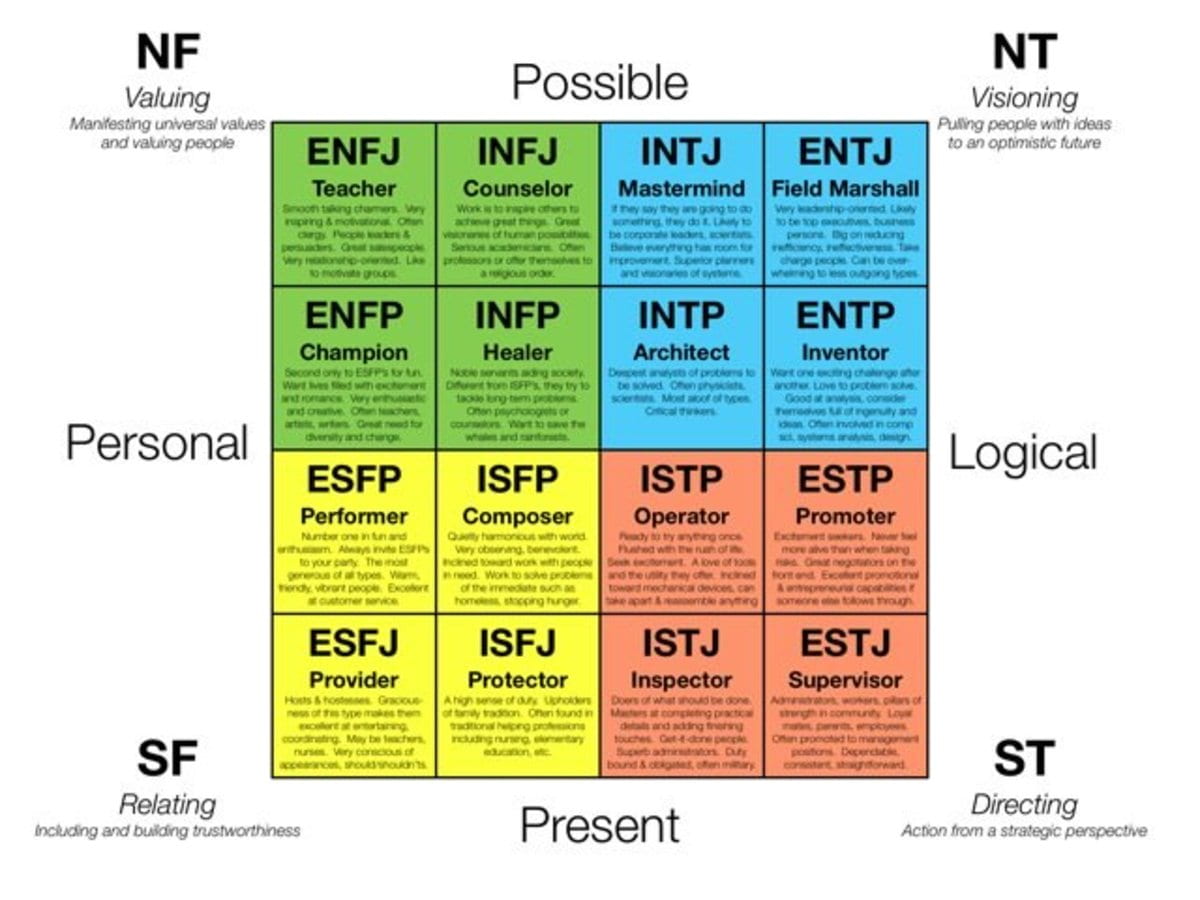First and foremost, welcome to any of my new readers. For those of you who are new to the blogs, throughout these civic blogs, we will be exploring the nuances and controversies surrounding the United States’ educational system.
One of the most common controversies within the educational system is the implementation of Common Core Math standards. Due to the frequent discussion about Common Core, most Americans are familiar with the term. However, not everyone truly understands the meaning and purpose of Common Core math standards.
The Common Core State Standards (CCSS) was developed by a council comprised of governors, teachers, and heads of education. Their goal was to develop a rigorous set of standards for students’ learning. The USA is consistently ranked as one of the worst modern nations in terms of math education. In 2015, the USA was below average in their math scores and were ranked 35th out of the 72 countries tested. These new guidelines for student learning were developed to meet the math skills of countries such as South Korea and Singapore.

The implementation of Common Core math standards also aimed to change the way publishers and test-makers developed curriculum. The ultimate goal was to aim for excellence, not basic proficiency. However, despite the good intentions, Common Core math has been met with resistance and derision from parents across the U.S. As such, this blog will investiagte the pros and cons of Common Core Math (CCM) and the various complexities associated with the topic.
Proponents of CCM usually argue that these standards aid students in their understanding of mathematics. They argue that learning math is like knowing how a car works.
For example, let’s suppose that you turn 16 and are being taught how to drive a car — you are taught how to start the engine, put it in drive, and follow basic traffic laws. Sure, this information is sufficient to drive the car from A to B, but you might stuggle later on in your driving career if you don’t know how to jump start your engine or change a flat.
Analogously, proponents of CCM argue that the old curriculum gave you a basic idea of mathetmatics. The old curriculum made you memorize times tables and learn how to solve basic math problems. However, you might struggle in the future when you are given more complex problems to solve. By learning CCM, students are given a greater understanding of the flexibility of numbers — the fact that there are many ways to solve the same problem.
Conversely, opponents of CCM argue that the new curriculum does more to confuse students than it does to give them greater insights into math. This sentiment seems to resonante with many older Americans. For example, comedians such as Stephen Colbert and Louis C.K. made their dissent public in 2014. Similarly, clips such as this have gone viral of parents expressing their frustration over the complexity of CCM.

Furthermore, opponents of CCM argue that their inexperience with this curriculum of math makes it difficult for them to help their children learn the content. It should also be considered that teachers did not learn math this way. The new CCM standards requires teachers to relearn math so they can properly teach the material.
Jason Zimba, one of the major authors of CCM standards has noted that his daughters’ math education has been “subpar“, even with CCM. Zimba elaborates by saying that the teachers are having a difficult time transitioning to this new method of teaching. Also, that many of the assigned homeworks were developed decades ago — long before CCM was ever created. This is evidence the publishers are lagging behind in the implentation of CCM.
On a societal level, I think CCM is a fundamentally good idea. It creates a common set of standards for math education across the United States, and works to ensure that students understand math at a more fundamental level. Back when I was in elementary school, I was held back for extra help in math. I believe this was because I didn’t understand the fundamentals of math. I would memorize how to add or subtract or multiply, but I never understood how those concepts related to one another or how they might be applied in different contexts.
Furthermore, when I eventually moved onto higher-level trigonometry and calculus courses, it was vitally important to understand how numbers worked on a fundamental level. As such, I think that the CCM curriculum, despite its apparent complexity, does an excellent job of expaining the flexibility of numbers and how concepts such as subtraction and multiplication work.
That being said, I do think that there needs to be improvements made to the implementation of CCM. There should be seminars and workshops to teach teachers and parents how to solve using these methods. Any method of learning is bound to fail if the teachers and parents are not comfortable with it. In fact, having parents that are actively anti-CCM may be a major detriment to a student’s learning experience. Learning how to solve math problems with CCM, but being retaught with the old curriculum is both confusing and counterproductive.
Thank you for reading. If you have any contentions or comments I’d be happy to hear them! There are many complexities to the Common Core math curriculum than I cannot reasonably fit into this blog, so if you are confused about any aspect, please comment below and I will respond promptly.















